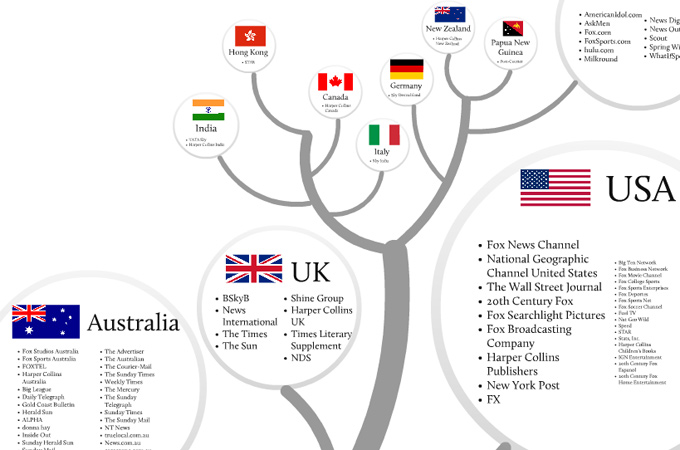ORIENTALISM: the power to narrate, or to block other narratives from forming or emerging, is very important to culture and imperialism
the privileged role of culture in the modern imperial experience – Edward Said
Overall, POSTCOLONIALISM operates a series of signs maintaining the European-Atlantic power over the Orient by creating ‘an accepted grid for filtering through the Orient into Western consciousness‘. (Said, 1978:238)
Jacques Lacan – we cannot actually see ourselves as whole, we use a reflection to understand who we are / who we are not.
Louis Althusser: ISA’s & the notion of ‘Interpellation’ – all ideology hails or interpellates concrete individuals as concrete subjects, through the functioning of the category of the subject
Frantz Fanon mechanics of colonialism and its effects of those it ensnared
- Assimilation of colonial culture corresponding to the ‘mother country’ Chinua Achebe talks of the colonial writer as a ‘somewhat unfinished European who with patience guidance will grow up one day and write like every other European.’ (1988:46)
- Immersion into an ‘authentic’ culture ‘brought up out of the depths of his memory; old legends will be reinterpreted’
- Fighting, revolutionary, national literature, ‘the mouthpiece of a new reality in action’.
Antonio Gramsci – Hegemony – However, Gramsci suggests that power relations can be understood as a hegemonic struggle through culture. In other words, Gramsci raises the concept of Hegemony to illustrate how certain cultural forms predominate over others, which means that certain ideas are more influential than others
His theme of Double Consciousness, derived from W. E. B. Dubois, involves ‘Black Atlantic’ striving to be both European and Black through their relationship to the land of their birth and their ethnic political constituency
As Barry notes the stress on ‘cross-cultural’ interactions is indeed a characteristic of postcolonial criticism. Often found by foregrounding questions of cultural difference and diversity, as well as by celebrating ‘hybridity’, ‘ambiguity’ and ‘cultural polyvalency’. A unique position where ‘individuals may simultaneously belong to more than one culture – the coloniser and the colonised’. (2016:198) Even Fanon suggests an emphasis on identity as ‘doubled, or ‘hybrid’, or ‘unstable’.
Paul Gilroy is insistent that ‘we must become interested in how the literary and cultural as well as governmental dynamics of the country have responded to that process of change and what it can tell us about the place of racism in contemporary political culture.’
His theme of Double Consciousness, derived from W. E. B. Dubois, involves ‘Black Atlantic’ striving to be both European and Black



